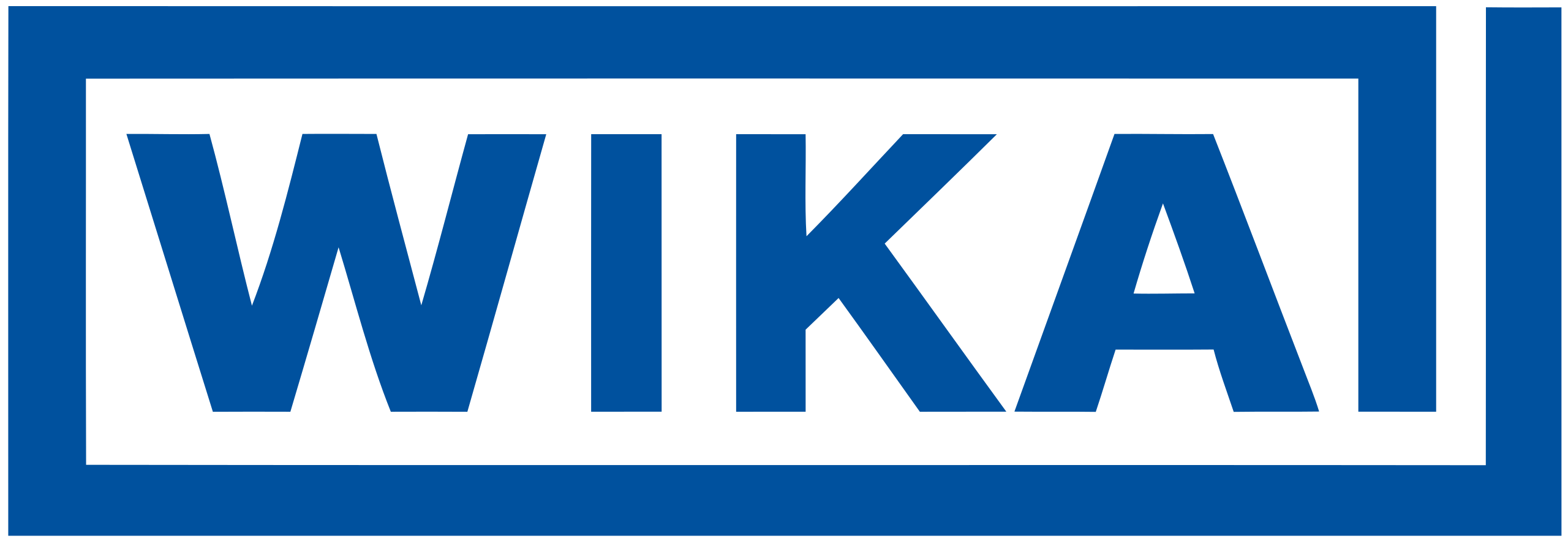How It Works
The WIKA parsers are designed to decode and encode messages from WIKA's IIoT devices, allowing you to integrate them into your applications seamlessly. These devices were designed with LoRaWAN in mind but some of them can also be used with other protocols such as Mioty, LWM2M, and others. In almost all cases the devices send their data to some kind of gateway which forwards the data to a network server. From there the data can be forwarded to a web server or web application. Depending on the underlying protocol the "gateway" or "network server" might be called differently, but the data flow remains similar. Of course not only data can be sent from the device to the server, but also downlink messages can be sent from the server to the device. This is used to configure the device or to send commands to it. Going forward a LoRaWAN like data flow is assumed, but the same principles apply to most other protocols as well.
The device compresses its data into a binary encoded message to save bandwidth and battery life. The parsers are designed to decode this binary data into a human-readable format and encode it back into binary format for downlink messages.
The parsers can be integrated into
- the Gateway
- the Network Server
- the Application Server
- or the Web Application.
From there, the data is forwarded to the next step in the flow, typically a web server or web application. In most cases, we recommend integrating the parser at the network server or the application server. Placing the parser on the gateway can lead to challenges when new device types are introduced or when device‑specific fixes are required, as updates are harder to roll out. For this reason, gateway-level deployments are discouraged unless strictly necessary.
From the network server, you can configure how your application receives the data and route it to your targets, for example, delivering it to a webhook, message queue, or directly inserting it into a database. If the parser runs on the application server, decode the payload there and write the normalized data to your database or forward it to downstream services.
